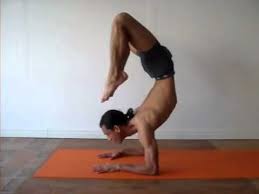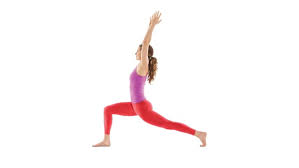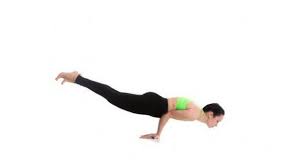Vrischikasana
Table of Contents
What is a Vrischikasana?
Vrschikasana is an advanced inversion that combines a forearm balance with a backbend. It requires flexibility, balance, and strength in the shoulders and arms. The name of this pose comes from the Sanskrit vrschika, meaning “scorpion,” and “asana,” which means “pose.”
Steps of Vrschikasana
First, kneel down on the ground and incline forward keeping your elbows and forearms touching on the floor with palms facing down.
Keep your arms distance apart from your shoulder.
Move your head in forwarding direction and raise it as much as you can; Lift up your buttocks and keep your feet sturdily on the bottoms of your toes (In This step perform Dolphin pose).
Breathe in, and slowly lift both legs up and keep straight, at the same time maintaining your balance.
After that, try to gently bend your knees and move your legs towards your head try to touch your head with your feet. (Be careful during this; don’t move your legs quickly).
Hold the position for a few seconds or as much as you can.
For releasing the pose, reverse the above steps and get back to your initial position.
Benefits of Vrschikasana
Vrschikasana strengthens your spine, arms, forearms, and torso. Makes your body flexible.
Makes your shoulders and legs strong.
Scorpion Pose stretches and expands your chest, shoulders, and hip flexors.
It is also a kind of cardio, and good for your heart.
Beneficial for increasing stamina.
Scorpion pose requires coordination, strength, perseverance, and balance, so Vrschikasana amazingly boosts your sense of balance.
Therapeutic Applications:
This inverted posture allows blood to rush into the brain. Thus, it can help to improve memory and concentration.
The Scorpion pose also stimulates the hair follicles in the scalp and can be used to arrest hair loss.
It also helps to release the stress that accumulates in the shoulders and the spine.
When performed properly under the guidance of a trained instructor, it may also be used to treat back problems such as slipped discs.
Variations:
Instead of performing this stretch while resting your forearm on the floor or yoga mat, you can perform the Vrischikasana while doing a handstand. This greatly increases the difficulty of the posture and should not be attempted until you can comfortably perform the unmodified version of the Scorpion Pose.
As mentioned earlier, the Scorpion Pose may also be performed while taking support against a wall or other object to make it easier for newer practitioners of Scorpion Pose yoga.
You can also clasp your palms together to obtain better balance.
Another popular variant of the Scorpion Pose is the Locust Scorpion Pose, which is performed while keeping your arms clasped behind you and your chin touching the floor or yoga mat. In this variation of the Scorpion Pose, your body weight rests on your forearms, shoulder, neck, and chin
Preparatory Poses:
There are a number of preparatory poses for the Scorpion Pose. The main aim of these preparatory poses is to get your body ready for demands placed upon it by the Vrischikasana. Some of the poses that will help you to prepare your body for the rigors of Scorpion Pose yoga include Shirsa Asana or Headstand, Pincha Mayur Asana or Feathered Peacock Pose, and the Ado Mukha Vriksha Asana or Downward Facing Tree Pose. Other preparatory poses for the Scorpion Pose include the Urdhva Dhanura Asana or the Wheel Pose, Sarvanga Asana or Shoulderstand, and Cobra Pose or Bhujanga Asana.
Precautions:
First and foremost, if you are new to this pose, it is a good idea to perform it under the guidance of a certified yoga instructor.
Do not attempt this pose until your yoga trainer or guru tells you that you are ready for it.
You should not perform this pose if you suffer from any hip or back problems.
If you have a history of heart disease, it is best to avoid this posture.
People who have high blood pressure or suffer from vertigo should also avoid performing the Scorpion Pose.
Contra-indications:
This asana should not be practiced by people with high blood pressure, vertigo, cerebral thrombosis, chronic catarrh, or heart disease. It should be avoided in pregnancy as well.







